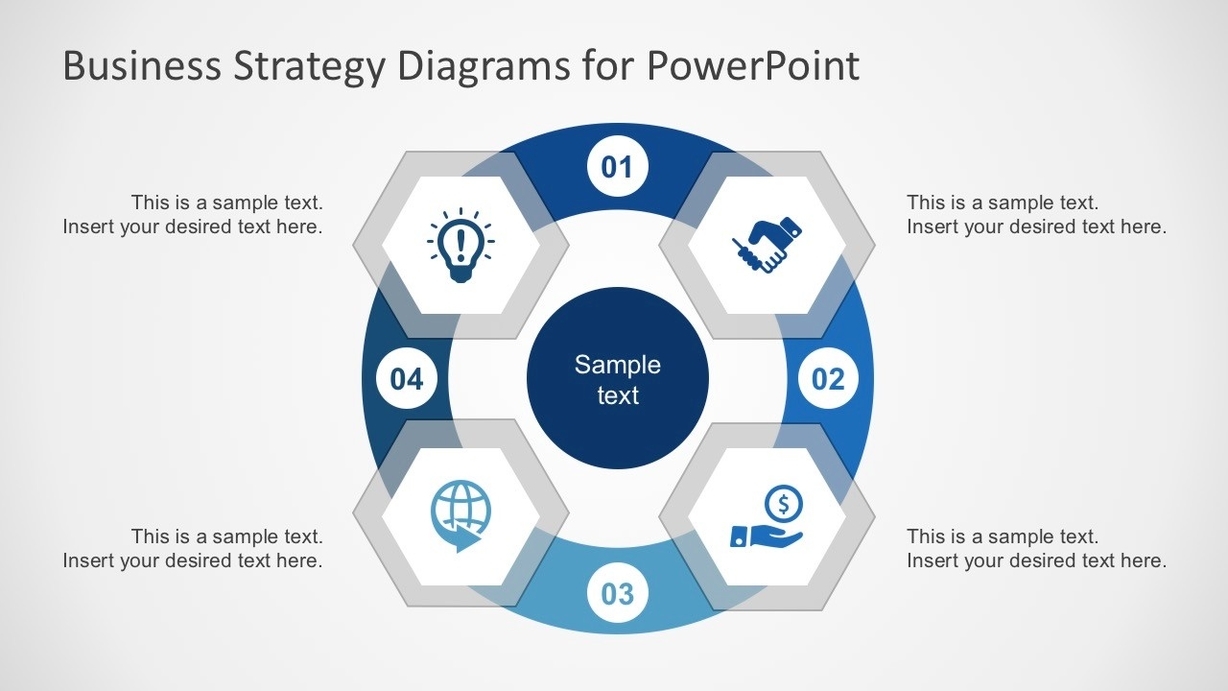
Business Strategy 3 is a term that refers to the third level of business strategy, which is the functional level. The functional level strategies are set by different departments of the units, such as marketing, sales, operations, finance, CRM, etc. These strategies aim to support the business-level and corporate-level strategies by optimizing the resources and processes within each function. For example, a marketing department may devise a functional strategy to increase brand awareness, customer loyalty, and market share. A finance department may develop a functional strategy to reduce costs, increase cash flow, and manage risks. A functional strategy should align with the overall vision, mission, and goals of the organization, as well as the competitive environment and customer needs.
ome examples of functional strategies are:
– A human resource strategy that focuses on recruiting, training, motivating, and retaining the best talent for the organization.
– A research and development strategy that fosters innovation, creativity, and quality in the products or services offered by the organization.
– A supply chain strategy that ensures the efficient and effective delivery of goods and services to the customers, while minimizing waste and environmental impact.
– A customer service strategy that enhances customer satisfaction, retention, and loyalty, by providing timely, courteous, and personalized assistance.
Functional strategies are important for achieving operational excellence, improving performance, and creating value for the organization and its stakeholders. They also help to coordinate and integrate the activities of different functions, and to resolve any conflicts or trade-offs that may arise among them. Functional strategies should be reviewed and updated regularly, to ensure that they are relevant, realistic, and responsive to the changing internal and external conditions.
